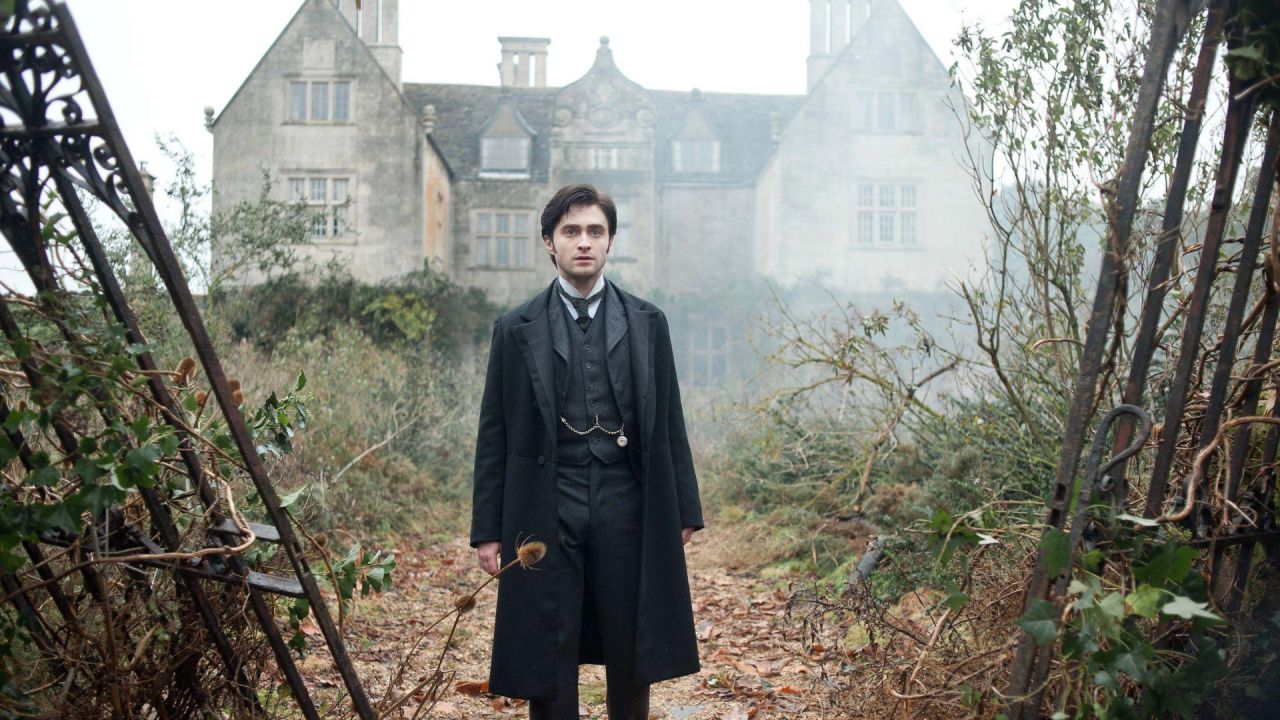For centuries, the English country house has provided the setting for some of the most terrifying fiction in our history. These isolated buildings, with their many empty corridors, secret backstairs, shut-up attic rooms and dark corners, their inherent eeriness has made them iconic settings for chilling encounters. But which real country houses inspired their fictional counterparts?
Menabilly House, Cornwall
Daphne Du Maurier’s mysterious Manderley was inspired by two country houses. The exterior was based on Menabilly House in Cornwall, an estate which Du Maurier would eventually rent from the Rashleigh family five years after Rebecca’s release, while the interior was inspired by Milton Hall in Cambridgeshire. Du Maurier’s haunting description of Manderley’s wild and overgrown drive reflects the delapidated state that Menabilly had fallen into when she first came across it in 1926. The public can’t visit the house, which is privately owned, but you can explore Menabilly beach and the surrounds including the popular Rashleigh Bath.
Cotterstock Hall, Northampton and Osea Island, Essex
Dark, isolated and terrifying – most gothic fiction fans will have come across Eel Marsh House in Susan Hill’s The Woman in Black, which has been adapted for stage and screen. In the novel, Eel Marsh House is haunted by the violent and dangerous ghost of Alice Drablow – with horrifying consequences.
Eel Marsh’s real-life film location Cotterstock Hall looks rather different to its cinematic counterpart. It recently came on the market, for anyone willing to live within its ghostly walls. Osea Island in Essex was used as the location for the Nine Lives Causeway in the film and is now privately owned. However, there is a collection of holiday cottages which are available for rent – just be aware that the causeway cuts you off from the mainland when the tide is high.
North Lees Hall, Peak District
Charlotte Bronte’s inspiration for Thornfield in Jane Eyre is thought to be North Lees Hall in the Peak District, which she visited while staying with a friend and is still available for rent as a residential property. The isolated grade II* listed Tower House of North Lees Hall dates from 1594 and is prettily situated along a bridle path that often sees sheep. Described as a ‘fine old hall’ when Jane first arrives, it does not take long for Thornfield’s darker, dangerous nature to reveal itself.
Ponden Hall, North Yorkshire
Bronte fans will be excited to hear that not only is Podan Hall, the inspiration for Linton’s Thrushcross Grange in Emily Bronte’s Wuthering Heights, still standing, but it was also up for sale as early as 2020. The house is in Stanbury, North Yorkshire, close to the Brontes’s parsonage at Haworth and was said to boast an extensive library – no wonder the sisters were such regular visitors. Until its sale the property, was run as B&B but be warned – it may now be a private residential so approach with respect and care.
Hinton Ampner, Hampshire
Inspiration for Henry James’s Bly Manor is said to come from the story of Hinton Ampner, a country house in Hampshire where the owners were plagued by visitations from ghostly servants. James heard the rumour about the house, which was denounced by one of its owners as an unfit residence for any human being, from the Archbishop of Canterbury. It is also fascinating to see allusions to Jane Eyre throughout the book as the governess fears ‘an insane, an unmentionable relative kept in unsuspected confinement’ somewhere in Bly’s attics, much like Bronte’s Bertha Mason.
Ewanrigg Hall, Cumbria
Wilkie Collins’s Limmeridge House from his terrifying novel The Woman in White is based on Ewanrigg Hall which he visited with Charles Dickens. Ewanrigg owed its gothic reputation to more than literary connections. Following the death of the owner and the hospitalisation of his widow in 1859, Ewanrigg became the subject of local ghost stories, with tales of spirits haunting its corridors. Most of the building was demolished in the early 20th century, with the remaining wing converted into a farmhouse. In 2012, the owner died and the building was allowed to fall into disrepair, eventually catching fire in suspicious circumstances.







Comments